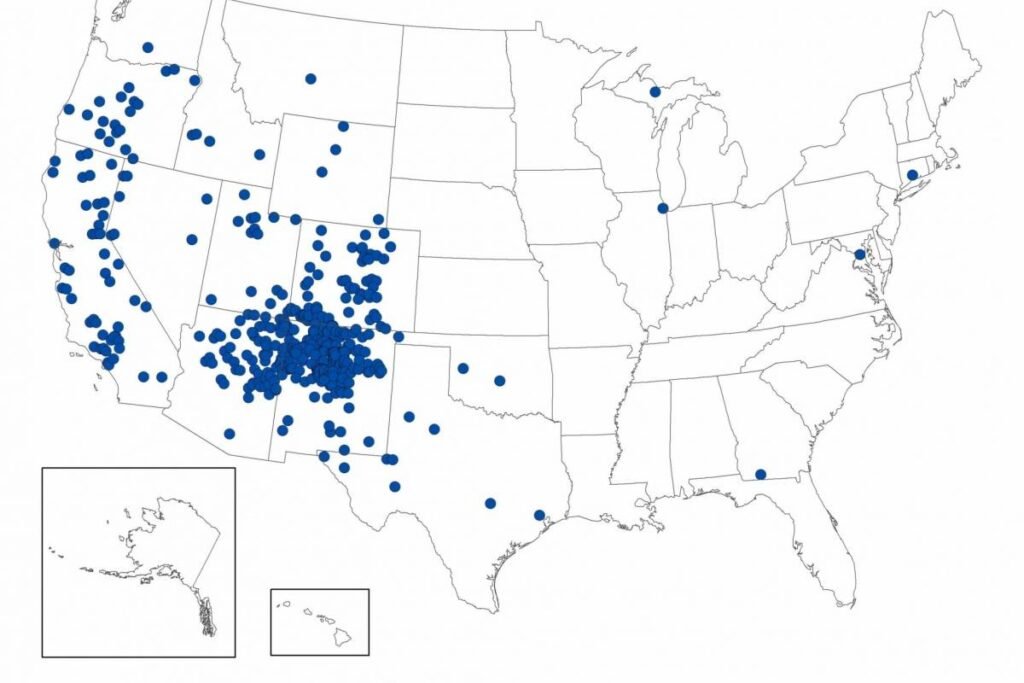Coconino County Reports Pneumonia Death Linked to Plague
Officials from the Coconino County Health Department have confirmed the death of a local resident due to pneumonia caused by the bacteria Yersinia Pestis. This marks the first recorded death from pneumonia caused by the plague in Coconino County since 2007, when a person came into contact with a dead animal carrying the disease.
Notably, this recent fatality is unrelated to a prairie dog death reported in the Townsend Winona area, located northeast of Flagstaff, Arizona.
“Our thoughts are with the family and friends of the deceased,” said Patrice Holstman, chair of the Coconino County Board of Supervisors, in a press release. “Out of respect for the family, we will not provide more information regarding the death.”
The Centers for Disease Control and Prevention (CDC) notes that about seven human plague cases are documented each year in the U.S. The last urban outbreak occurred in Los Angeles between 1924 and 1925.
The CDC also indicates that the risk of exposure to the epidemic remains low for residents in the area.
Although more recent outbreaks have been reported in Africa, Asia, and South America, Yersinia Pestis, the bacteria responsible for the plague, is primarily transmitted to humans through bites from infected fleas or contact with infected animals. Health officials emphasize that human-to-human transmission is rare; the last case reported in the U.S. was in 1924.
As there is currently no vaccine to prevent outbreaks, the U.S. Department of Defense (DOD) is actively funding vaccine development efforts. In February 2025, Dynavax Technologies Corporation announced its collaboration with the DOD to create a plague vaccine candidate, RF1V, utilizing CPG1018® adjuvant.
Dynavax and the DOD have established new contracts valued at approximately $30 million, aimed at supporting additional clinical and manufacturing activities, including Phase 2 clinical trials anticipated to start in the third quarter of 2027.







